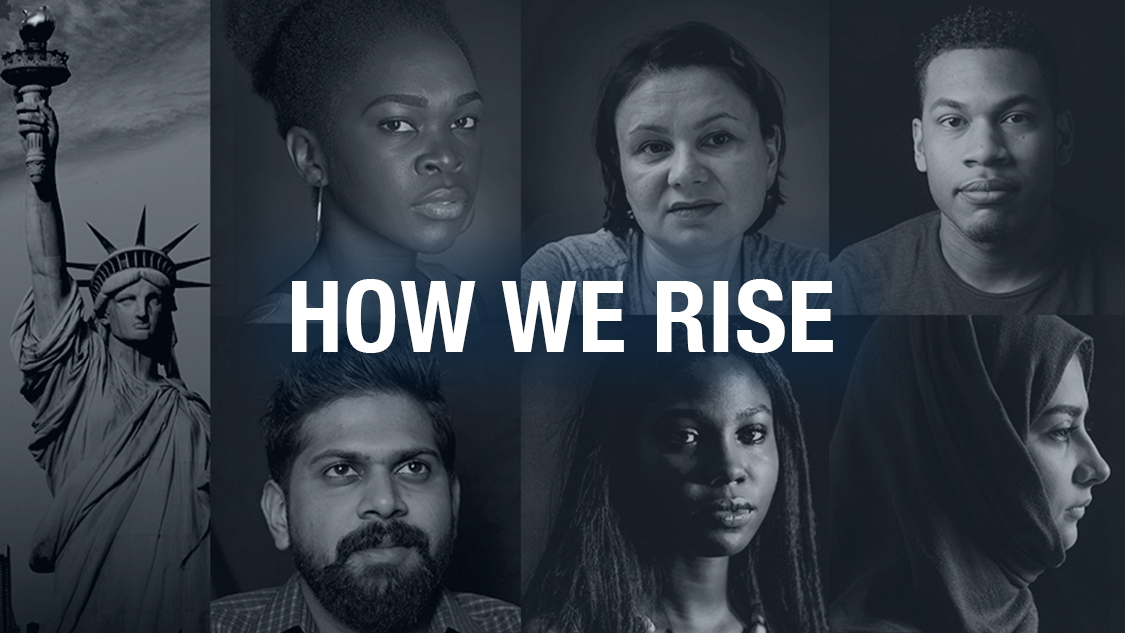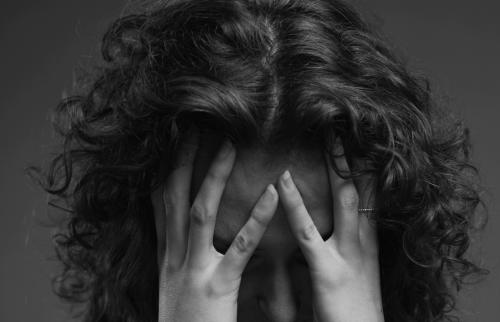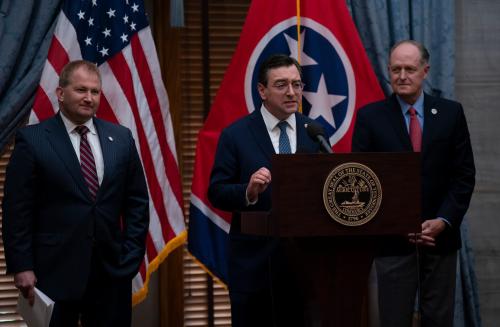The Race, Prosperity, and Inclusion Initiative (RPII) at the Brookings Institution partnered with four community organizations on a multi-year project to answer a central question: What is well-being for Black boys and men?
To explore this question, we launched the Wellness in Black Life (WIBL) project to engage directly with communities and learn how Black boys and men understand well-being and how to strengthen it for themselves, their families, and their communities. Too often, Black boys and men are left out of well-being research, and for many reasons do not regularly participate in research studies. WIBL intentionally centered their voices and experiences to reframe the conversation. As part of the data collection process, community convenings were held in Little Rock, Arkansas; Baltimore, Maryland; and Montgomery County, Maryland. These locations were selected not only for their well-documented racial inequities but also for their deep community ties and local assets that can serve as building blocks for well-being. Each community partner developed tailored strategies for recruiting participants and facilitating meaningful conversations. The partner organizations included:
- The Urban League of the State of Arkansas and Big Brothers Big Sisters of Central Arkansas (BBBSCA) in Little Rock, Arkansas
- Montgomery County Collaboration Council (MCCC) in Montgomery County, Maryland
- Johns Hopkins Center for Communication Programs (CCP), in conjunction with the W. Haywood Burns Institute in Baltimore, Maryland
Working with local partners, the WIBL project pursued three goals:
- Elevate the experiences of communities of color that contribute to the vibrancy of their communities, states, regions, and the country.
- Ensure that communities of focus have shared ownership of the project across all phases and continue efforts to support the well-being of Black boys and men after the project ends.
- Inform public policy discussions and decision-making processes at the local, state, and national levels about how to invest in the well-being of Black boys and men in communities across the United States
From the community conversations, the project identified five dimensions of well-being. These dimensions will inform the design of a survey instrument to measure well-being in other U.S. communities.
Throughout the WIBL Project, participants defined what well-being means and how those ideas can be leveraged to strengthen programs, services and policies. Their voices laid the foundation for a community-based platform where Black boys and men can shape a blueprint for well-being. Moving forward, sustainable partnerships among communities, activists, researchers and policymakers are needed to carry out these strategies and create co-learning and training opportunities that build on and expand the lessons learned.
We urge policymakers to recognize their role in creating a policy environment that centers the voices and experiences of Black boys and men, ensuring policies reflect their needs and support their well-being.
The Brookings Institution is committed to quality, independence, and impact.
We are supported by a diverse array of funders. In line with our values and policies, each Brookings publication represents the sole views of its author(s).







Commentary
What does well-being mean for Black boys and men?
August 20, 2025